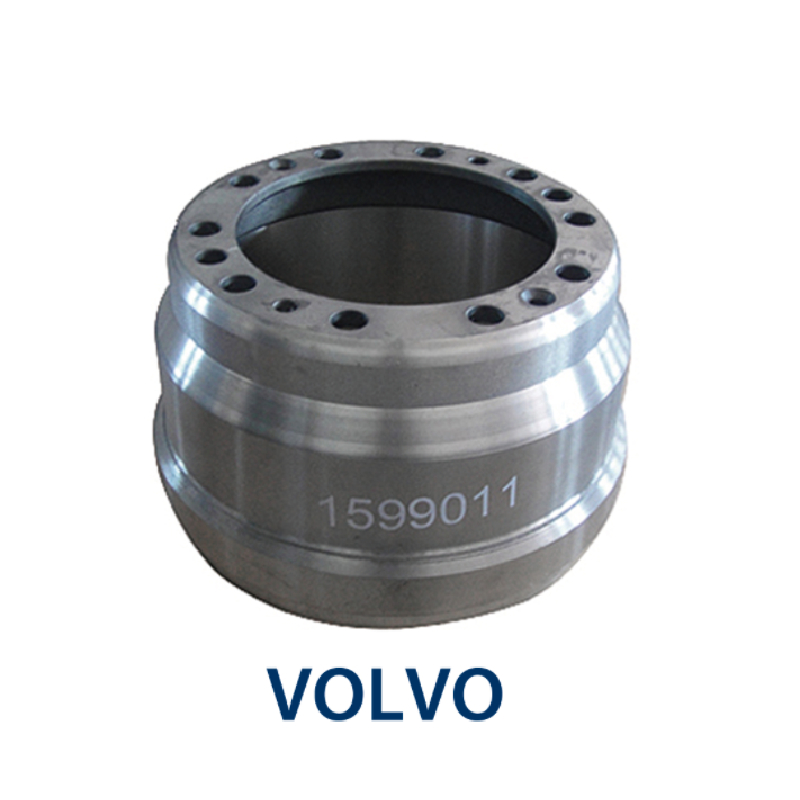Nov . 04, 2024 18:16 Back to list
Steps to Remove a Brake Drum Safely and Effectively
How to Get a Brake Drum Off A Step-by-Step Guide
Removing a brake drum can be a daunting task for many car owners, especially if you’ve never done it before. However, with the right tools, a little patience, and knowledge of the process, it can be a manageable DIY project. This guide will provide you with a step-by-step approach to safely and effectively remove a brake drum.
Tools You Will Need
Before you begin, ensure you have the following tools on hand 1. Jack and Jack Stands To lift the car safely. 2. Lug Wrench For removing the wheel lug nuts. 3. Brake Drum Puller A specialized tool for removing stubborn brake drums. 4. Socket Set To remove any bolts that may secure the drum. 5. Screwdriver Flathead or Phillips, depending on the screws you may encounter. 6. Safety Goggles Protects your eyes from debris. 7. Work Gloves For hand protection.
Step-by-Step Process
1. Safety First
Before starting any repair work, ensure you are working in a safe environment. Park your vehicle on a flat surface and engage the parking brake. Wear safety goggles and gloves to protect yourself from dirt and debris.
2. Lift the Vehicle
Using the jack, lift the car and place it securely on jack stands. Never rely solely on the jack, as it can fail and lead to serious injury. Remove the tires using the lug wrench to expose the brake drum.
3. Inspect the Brake Drum
Once the tire is off, inspect the brake drum for any visible damage such as cracks or deep grooves. If it’s damaged, you may need to replace it instead of simply removing it.
4. Locate the Retaining Screws
Some brake drums have retaining screws holding them in place. Check for these screws and remove them using a socket set or screwdriver. Be aware that these screws can be stubborn and may require some force to remove.
5. Check for Rust
how to get a brake drum off

If the drum hasn’t been removed in a while, rust may have formed and caused it to adhere tightly to the wheel hub. If you notice rust, spray a penetrating oil around the edges of the drum to help loosen it.
If the drum does not come off easily, it may be time to use a brake drum puller. This specialized tool will provide the leverage needed to pull off a stubborn drum. Follow the manufacturer’s instructions on how to set it up properly.
7. Removing the Drum
Once the puller is in place, gradually tighten the puller’s screw. This will exert pressure evenly around the drum. Be patient; it may take some time, but the drum should eventually break free from the hub.
8. Inspect the Brake Components
After removing the drum, take a moment to inspect the brake shoes, springs, and other components for wear and tear. This is a good opportunity to replace any worn parts while you have the assembly exposed.
9. Clean the Drum and Components
Before reassembling, clean the brake components and the inside of the drum using a brake cleaner to remove dust and debris. This will ensure optimal performance and longevity of your brake system.
10. Reassembly
To reassemble, simply reverse the steps. Place the drum back onto the wheel hub, replacing any screws if applicable. Put the wheel back on, lower the car, and torque the lug nuts to the manufacturer’s specifications.
Conclusion
Removing a brake drum may seem intimidating at first, but with the right tools and a clear plan, it’s a task you can accomplish. Remember always to prioritize safety, and when in doubt, consult a professional for assistance. Regular maintenance and inspection of your brake system can lead to a safer driving experience.
-
Scania Brake Drums: OEM Quality for Optimal Safety & Durability
NewsAug.16,2025
-
R.V.I: Advanced Remote Visual Inspection for Precision
NewsAug.15,2025
-
Discover HYUNDA: Innovative Vehicles, Equipment & Solutions
NewsAug.14,2025
-
R.V.I: Unlock Advanced Insights & Real-time Performance
NewsAug.13,2025
-
Kamaz Brake Drum: Durable & Reliable for Heavy Duty Trucks
NewsAug.12,2025
-
Heavy Duty Iveco Brake Drum - Premium Quality & Safety
NewsAug.11,2025
